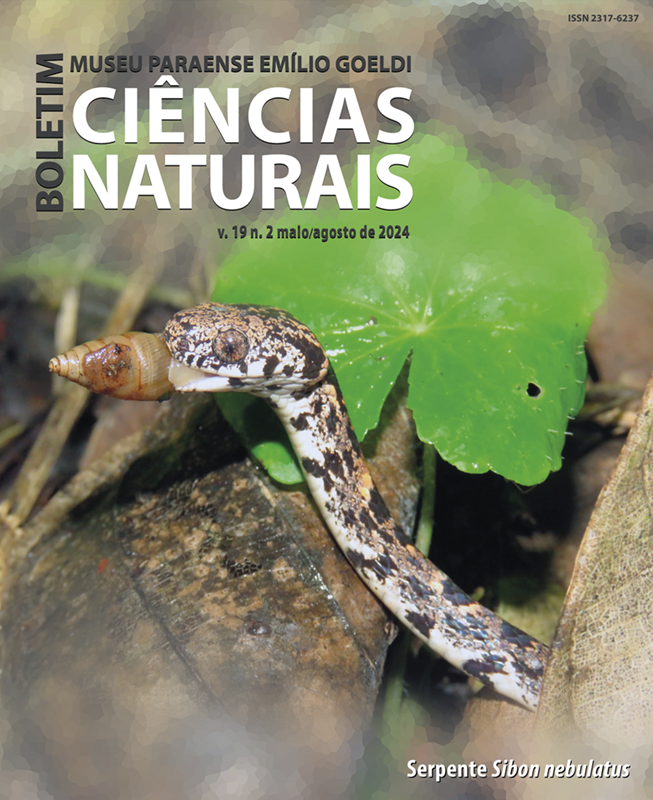Morphology and identification of the suspiro-pintado passion fruit of the Juruá River Valley, Amazon, as Passiflora ambigua and first reports about its germination
DOI:
https://doi.org/10.46357/bcnaturais.v19i2.786Keywords:
Biodiversity, Description, Extractivism, Identification, Unconventional fruits, Use potentialAbstract
The genus Passiflora has many species, some in the process of domestication, with potential for food, ornamental, and/or medicinal use. The aim of this study was to provide the morphological description of the Passiflora ambigua, the Passionflower Suspiro Pintado, from the Juruá Valley, Acre, Brazil, based on 87 morphological descriptors and detailed photos. Three sites of natural incidence are also described. Additionally, tests of overcoming seed dormancy were evaluated in two germination treatments, one with stored fruits and the other with freshly harvested fruits. Naturally, the species is found climbing trees and on palm trees, and residents of the forest collect their fruits in natura for consumption and commercialization in local markets by small farmers. The fruits have a peculiar flavor. The flowers stand out in terms of beauty with white coloration of the petals and white and purple coloration of the sepals, and a remarkable aromatic odor. The germination rate was low, with values lower than 32% in treatments with mechanical scarification. Although this species is understudied and there is a lack of information, it demonstrates the potential to be economically exploited, especially because of the promising characteristics of its fruits and flowers and adaptation to flooded areas.
Downloads
Published
Issue
Section
License
Publication means fully assigning and transferring all copyrights of the manuscript to the journal. The Liability Statement and
Assignment of Copyrights will be enclosed with the notice of acceptance. All the authors must sign the document and return it to the journal.






